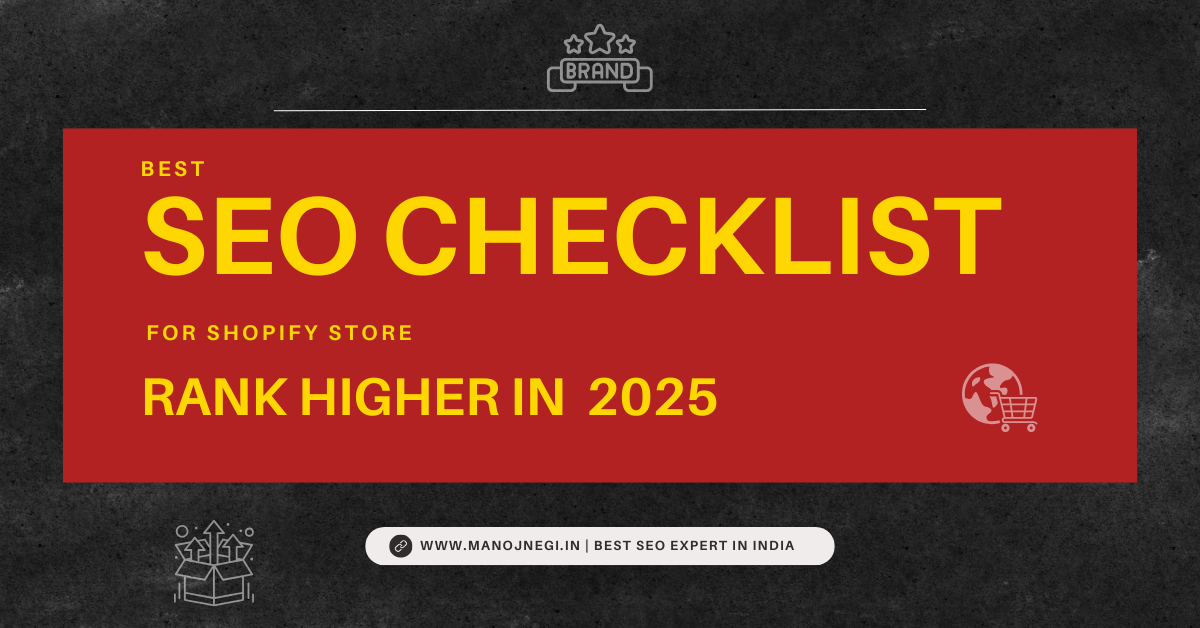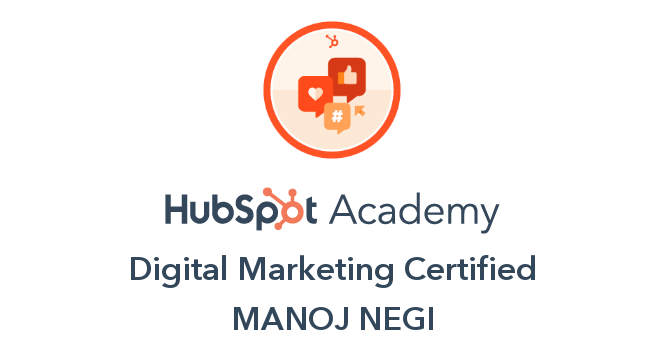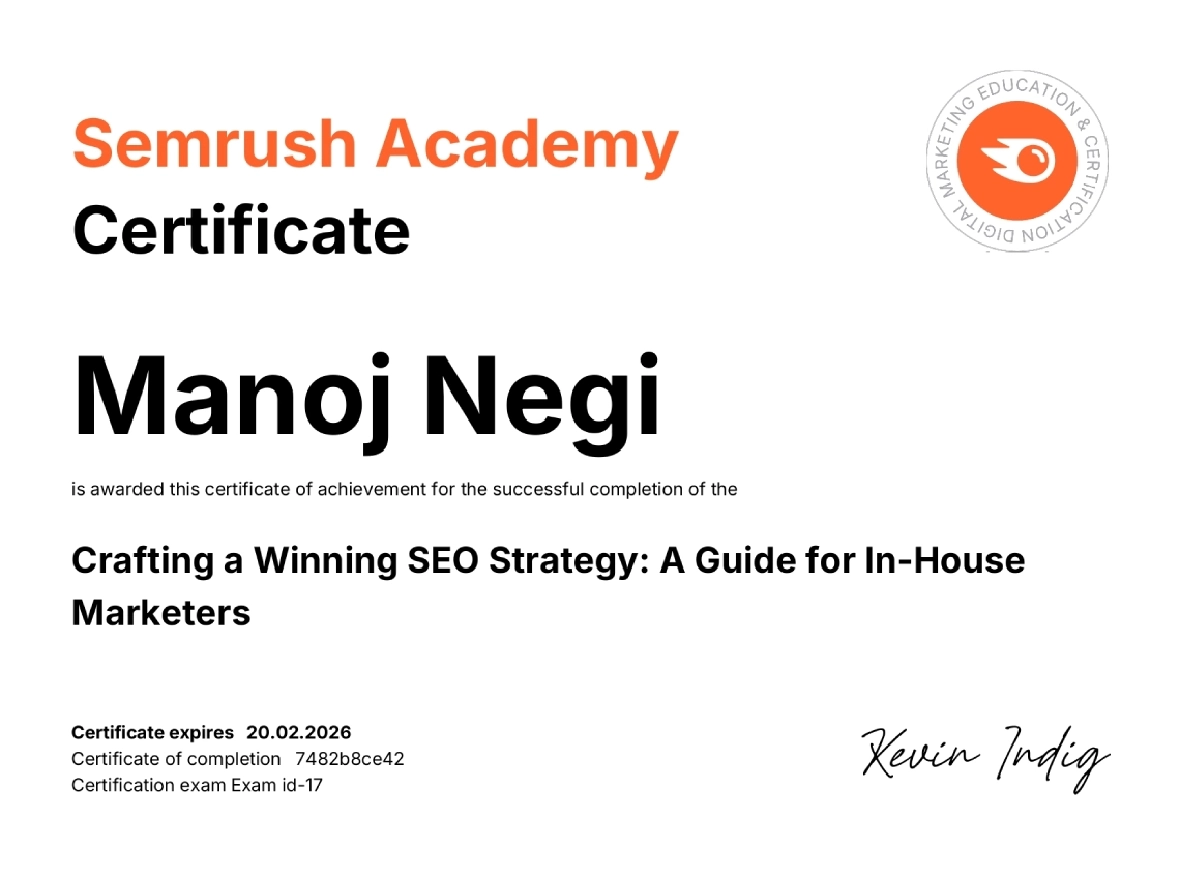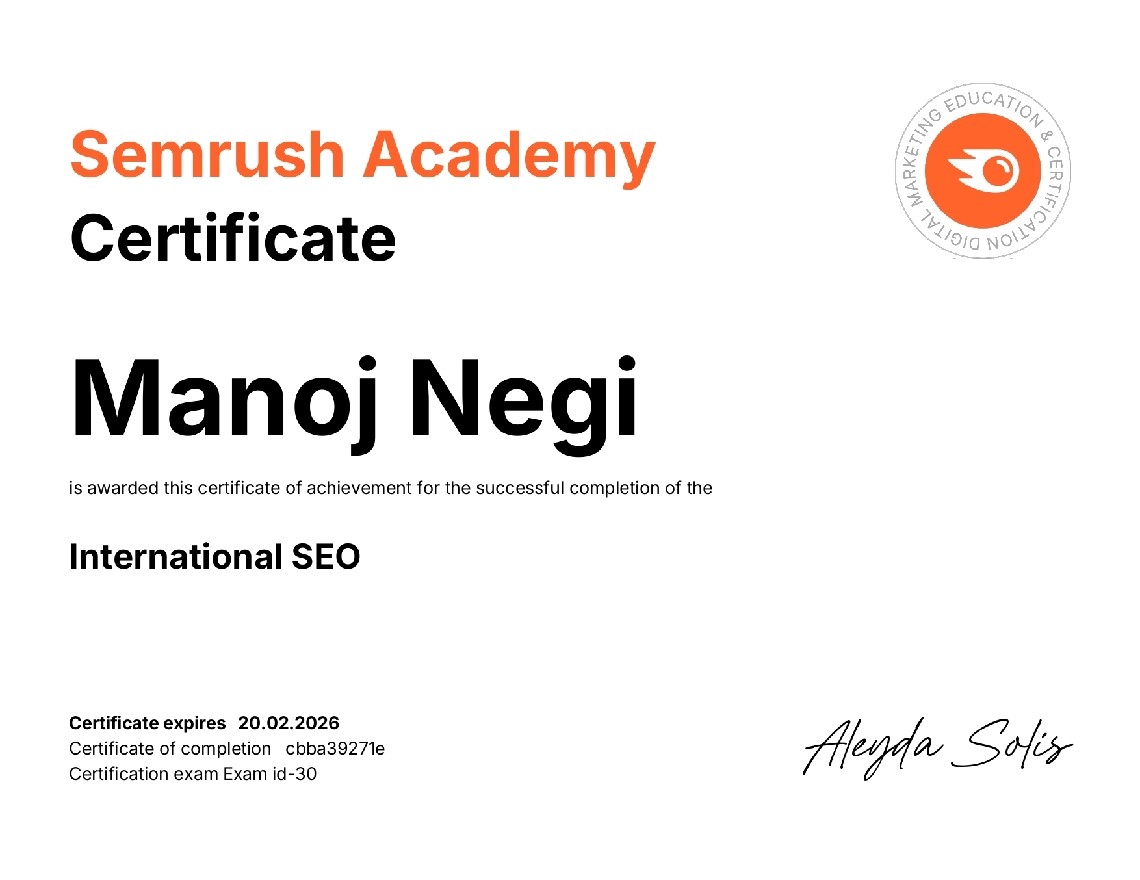Shopify is among the most preferred platforms for creating online stores and selling products.
The popularity of Shopify is increasing day by day, and it is becoming an integral part of the e-commerce industry. Despite its popularity, marketers are still finding out the best SEO strategies to rank their Shopify store higher in the search engine rankings.
In this guide, we will highlight a tried & tested SEO checklist for your Shopify store that’ll help it rank higher in 2025.
How to Improve SEO on a Shopify Store?
Shopify has made its presence felt in the e-commerce industry, with around 10% of the global e-commerce market share. Considering this competition, marketers need to maintain a strong SEO for their store to gain visibility and increase ROI. Here are some of the key SEO tips that can help you with that:
1. Optimize Your Store Structure
Shopify may make it easy for you to establish your online store, but this doesn’t mean that its structure is automatically SEO-friendly. Once the store is set, you need to optimize it to meet SEO guidelines. Here are the key points you must consider:
- Keep the interface user-friendly and intuitive
- Maintain a simple yet flat navigation architecture. E.g., Homepage – Category – Product Page
- Try to avoid messy navigational architecture, like Homepage – Category – Sub-Category – Product Page
- Do not forget to add internal links to important pages from the homepage and blogs
- Maintain a short and clean URL structure with no underscores in between
- Try to maintain product reach within 2-3 clicks from the homepage
2. Keyword Research with Buyer’s Intent
When it comes to SEO, it is important to have the right keywords on the list. Don’t just look for high-volume keywords. Here, when you are selling something, you must find keywords with the buyer’s intent. Here’s how you can perform the right keyword research:
- Use reputable keyword research tools like Ubersuggest, Ahrefs, or Google Keyword Planner
- Focus on long-tail keywords instead of one or two-word keywords. E.g., “Blue Colored Linen Check Shirt” instead of “Blue Shirt”
- Perform thorough research on competitor keywords
- Add high-conversion keywords into your product titles and descriptions
3. Optimize Meta Titles and Descriptions
Shopify often generates meta titles and descriptions on its own, but they are often bland. Hence, you must optimize them according to your keyword strategy to appear in the search results. While creating descriptions, you must take care of a few things:
- Maintain the character count of the title up to 60 and the description up to 155
- Keep the primary keyword in the beginning in both
- Make the description attractive to get clicks
4. Optimize Product Pages
Your product pages are the most important, as both visitors and search engines pay stern attention to these pages. Hence, it is essential to keep them updated and SEO-optimized. Here is what you should do to help them rank higher in the SERPs:
- Include your target keyword in the H1 title
- Use clear, keyword-rich product descriptions that speak to benefits and features
- Add high-quality images with alt text
- Use bullet points for readability
- Encourage and display user-generated reviews
- Add FAQs at the end of each page to increase its visibility
5. Keep Technical SEO Up-to-Date
If search engines can’t crawl or index your site properly, nothing else matters. Technical SEO is your site’s foundation. Focus on these parameters to maintain the technical aspects of your website fresh and strong:
- Submit your sitemap.xml to Google Search Console
- Check and fix broken links
- Redirect 404s properly
- Avoid duplicate content (especially with variants)
- Add a robots.txt file
- Use canonical tags to prevent duplicate issues across filtered collections
- Use trusted tools like “Screaming Frog” to crawl your Shopify store and quickly detect technical issues
6. Boost Page Speed and Mobile-Friendliness
Google uses page speed as a ranking factor, and most Shopify traffic originates from mobile devices. Don’t ignore your store’s mobile performance. Here’s what you can consider:
- Use Shopify’s built-in performance analyzer (or Google PageSpeed Insights)
- Compress and lazy-load images
- Use lightweight, responsive themes
- Avoid overloading your store with apps and scripts
- Host videos on platforms like YouTube or Vimeo instead of embedding them directly
- Focus on improving the core web vitals of your store
7. Create SEO-Driven Content
Adding a blog to your Shopify store is one of the most underused SEO strategies. Done right, it can drive thousands of monthly visitors. While creating SEO-friendly content, you should keep these things in mind:
- Write about topics that answer your customers’ questions
- Target informational keywords with blog posts and link to relevant products
- Use internal linking to guide readers to collections
- Update old blogs to keep content fresh
- Structure blogs using H2s and H3s, and add schema markup
- Create blogs to offer value first, rather than pushing for sales
8. Build High-Quality Backlinks
Shopify SEO isn’t just about what’s on your site; it’s also about who links to you. Google sees backlinks as votes of trust. While building quality backlinks, keep these strategies in mind:
- Reach out to bloggers in your niche for product reviews or features
- Submit your site to relevant directories
- Guest post on niche blogs
- Get listed on “best Shopify stores” roundups
- Collaborate with influencers for link mentions
- Focus on earning backlinks, not buying them
9. Use Structured Data (Schema Markup)
Structured data helps search engines understand your content and display rich results, like reviews, pricing, and availability. Remember, rich snippets can improve click-through rates even if your rankings stay the same. Here are the key points to keep in mind while creating schema markup:
- Add Product schema to all product pages
- Use Breadcrumb schema for navigation
- Include the FAQ schema if you have an FAQ section
- Use JSON-LD format (Shopify supports it)
- Validate with Google’s Rich Results Test tool
10. Monitor Your SEO Performance
You can’t improve what you don’t track. Monitoring your SEO helps you double down on what works and fix what doesn’t. To monitor your SEO performance, you can follow these helpful tips:
- Use Google Search Console to track impressions, clicks, and keyword positions
- Set up Google Analytics 4 (GA4) for conversion tracking
- Watch bounce rates, time on site, and page views per session
- Track your top landing pages monthly
- Monitor mobile vs. desktop performance
- Set up automated monthly SEO reports so you stay on top of trends without extra effort
Final Thoughts: Win Shopify SEO in 2025
Shopify gives you a solid platform, but SEO success in 2025 demands more than setting and forgetting. It’s about creating a store that search engines love and customers trust.
The best part? Most of your competitors aren’t doing half of what’s on this checklist.
Implement it piece by piece, stay consistent, and by this time next year, you won’t just see more traffic, you’ll see more sales, more loyalty, and a stronger brand.






